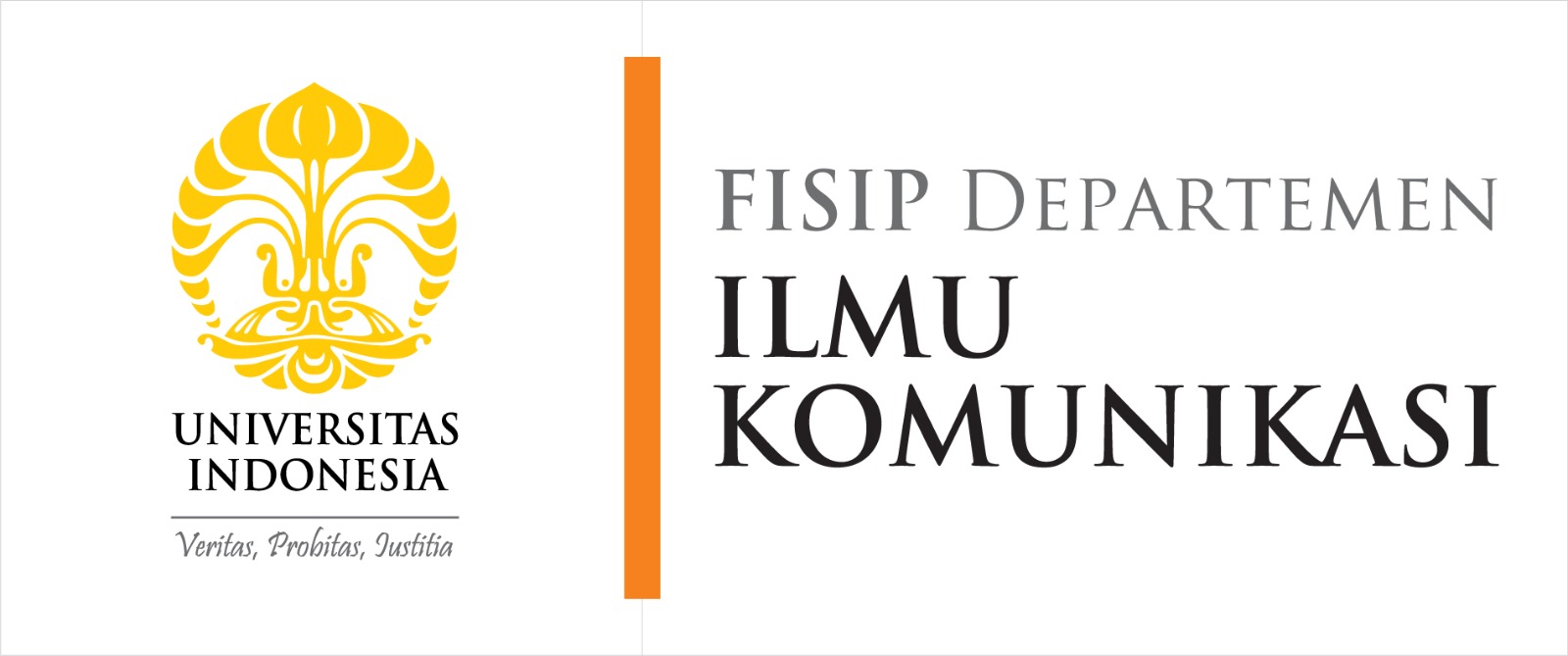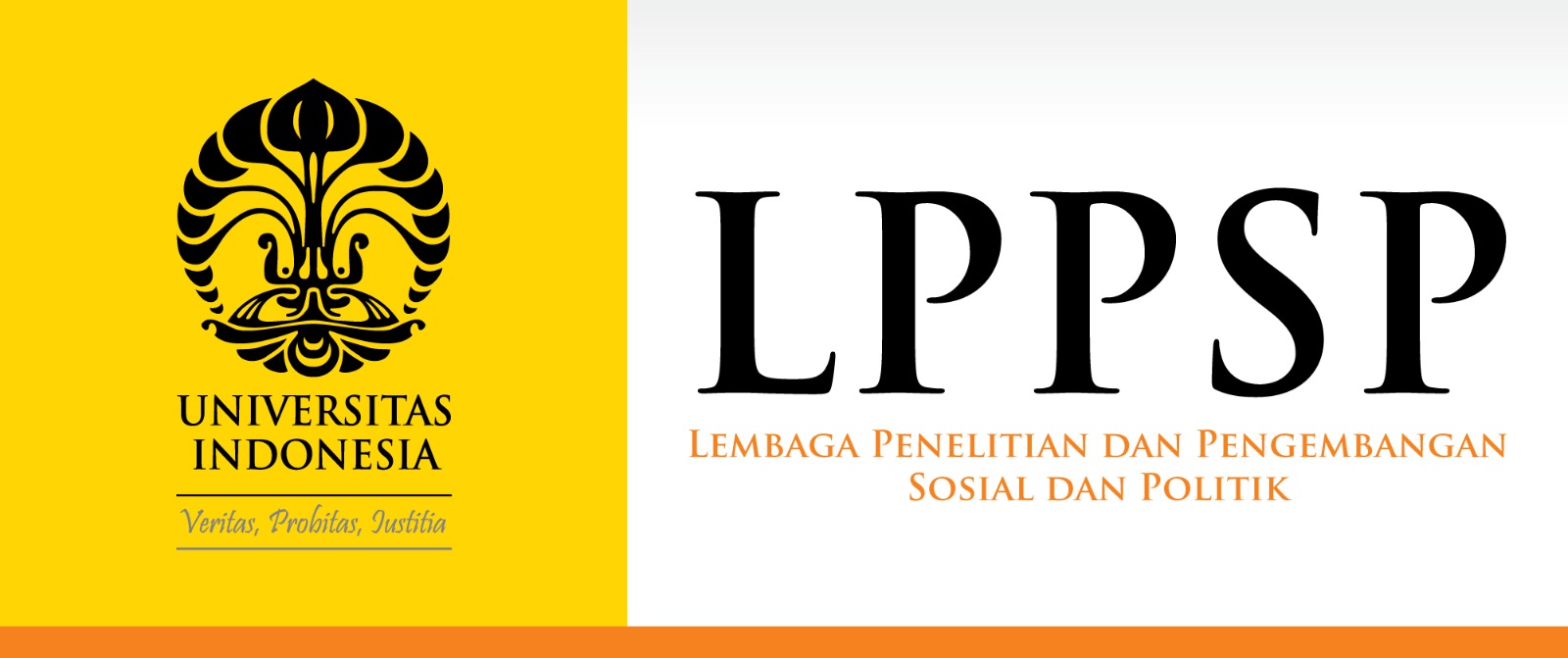JURNAL KOMUNIKASI INDONESIA
Abstract
Dalam sepuluh tahun terakhir, teori Computer-Mediated Communication (CMC) berkembang pesat pada berbagai penelitian dalam konteks global. Teori ini digunakan dalam berbagai konteks, salah satu yang paling banyak dibahas yaitu online learning. Penelitian ini menggunakan metode Systematic Literature Review untuk melihat bagaimana pengaplikasian teori CMC dalam online learning pada periode 2015-2016. Peneliti menemukan 30 manuskrip yang terindeks Scopus Q1-Q4 dan Sinta 1. Ketiga puluh jurnal ini menggunakan bahasa Inggris dan tersebar di berbagai negara dan benua di dunia. Dari tahun ke tahun, penelitian terkait CMC pada online learning konsisten menanjak sejak 2015. Hasil penelitian kami menunjukkan walaupun CMC dikenal dengan teori multidisiplin, riset pada disiplin ilmu komunikasi masih sangat terbatas. Pembahasan konsep pada disiplin ilmu komunikasi pun masih terkait emoticon. Selain itu, penelitian terkait CMC di negara Asia masih sangat minim. Pembahasan dalam teori CMC juga masih kurang mendalam dan hampir semua membahas konsep struktur sinkronik dan asinkronik. Keterbatasan dalam penelitian ini yaitu walaupun konteks yang paling banyak menggunakan CMC adalah online learning, tetapi masih sedikit penelitian yang membahas CMC dengan metode selain SLR sehingga kurang keberagaman. Untuk itu, peneliti memiliki rekomendasi, untuk riset di masa mendatang dengan konsep dan konteks yang sama, yakni dengan menambah rentang waktu mundur ke belakang.
In the last ten years, the theory of Computer-Mediated Communication (CMC) has developed rapidly in various studies in a global context. This theory is used in various contexts, one of the most widely discussed is online learning. This study uses the Systematic Literature Review method to see how the application of CMC theory in online learning in the 2015- 2016 period. Researchers found 30 manuscripts indexed by Scopus Q1-Q4 and Sinta 1. These thirty journals use English and are spread across various countries and continents in the world. From year to year, research related to CMC in online learning has consistently increased since 2015. Our results show that although CMC is known as a multidisciplinary theory, research in communication science is still very limited. The discussion of concepts in the discipline of communication is still related to emoticons. In addition, research related to CMC in Asian countries is still very minimal. The discussion in CMC theory is also still lacking in depth and almost all of them discuss the concept of synchronous and asynchronous structures. The limitation of this study is that although the context that mostly uses CMC is online learning, there are still few studies that discuss CMC with methods other than SLR so that there is less diversity. For this reason, the researcher has recommendations for future research with the same concept and context, namely by increasing the time span backwards.
References
About Scopus - Abstract and citation database | Elsevier. (n.d.). Re- trieved December 14, 2021, from https://www.elsevier.com/ solutions/scopus?dgcid=RN_AGCM_Sourced_300005030
Barraket, J., & Henry-Waring, M. S. (2008). Getting it on(line): Socio- logical perspectives on e-dating. Journal of Sociology, 44(2),
149–165. https://doi.org/10.1177/1440783308089167
Bedoya, E. (2021). Leadership influence on the relationship between communication satisfaction and job satisfaction in comput- er-mediated communication environments. In Journal of Busi- ness and Retail Management Research (JBRMR) (Vol. 15, Is- sue 2). www.jbrmr.comA
Boell, S. K., & Cecez-Kecmanovic, D. (2015). On being “systematic” in literature reviews in IS. In Journal of Information Technology (Vol.
30, Issue 2, pp. 161–173). Palgrave Macmillan Ltd. https://doi. org/10.1057/jit.2014.26
Branon, R. F., & Essex, C. (2001). Synchronous and asynchronous com- munication tools in distance education. TechTrends, 45(1), 36.
Caleb T. Carr. (2021). Computer-Mediated Communication A Theoretical and Practical Introduction to Online Human Communication. The Rowman & Littlefield Publishing Group, Inc.
Carr, C. T. (2020). CMC is dead, long live CMC: Situating computer-me- diated communication scholarship beyond the digital age. Jour- nal of Computer-Mediated Communication, 25(1), 9–22.
Culnan, M. J., & M. M. L. (1987). Information technologies. In F. M. Jablin, L. L. Putnam, K. H. Roberts, & L. W. Porter (Eds.). Handbook of Organizational Communication: An Interdisciplinary Perspec- tive. Sage, (pp. 421–443).
December, J. (1997). Notes on defining of computer-mediated commu- nication. Computer-Mediated Communication Magazine, 3(1).
Dede, C., & Kremer, A. (1999). Increasing students’ participation via multiple interactive media. Invention: Creative Thinking about Learning and Teaching, 1(1), 7.
Dubrovsky, V. J., Kiesler, S., & Sethna, B. N. (1991). The equalization phenomenon: Status effects in computer-mediated and face- to-face decision-making groups. Human-Computer Interaction,
6(2), 119–146.
Herring, S. C. (1996). Computer-mediated communication: Linguistic, so- cial, and cross-cultural perspectives (Vol. 39). John Benjamins Publishing.
Hines, R. A., & Pearl, C. E. (2004). Increasing interaction in web-based
instruction: Using synchronous chats and asynchronous dis- cussions. Rural Special Education Quarterly, 23(2), 33–36.
James Simpson. (2021). Computer-mediated communication. Journal of
Computer-Mediated Communication.
Jung-Ivannikova, L. (2016). Communication challenges learners face online: Why addressing CMC and language proficiency will not solve learners’ problems. British Journal of Educational Technol- ogy, 47(2), 239–247. https://doi.org/10.1111/bjet.12219
Kebritchi, M., Lipschuetz, A., & Santiague, L. (2017). Issues and Chal- lenges for Teaching Successful Online Courses in Higher Edu- cation. Journal of Educational Technology Systems, 46(1), 4–29. https://doi.org/10.1177/0047239516661713
Khorasani, S. T., & Cross, J. A. (2015). A STRUCTURED REVIEW OF LEAN SUPPLY CHAIN MANAGEMENT IN HEALTH CARE. https://www.researchgate.net/publication/283992333
Khoshnevisan, B. , & A. v. (2021). Power in the cyberspace using online
discussions boards. USF M3 Publishing, Vol. 4, pp. 1–10.
Kim, G. cheol, & Gurvitch, R. (2020). Online Education Research Adopt- ing the Community of Inquiry Framework: A Systematic Review. Quest, 72(4), 395–409. https://doi.org/10.1080/00336297.2020
.1761843
McIntosh, S., Braul, B., & Chao, T. (2003). A case study in asynchronous voice conferencing for language instruction. Educational Media International, 40(1–2), 63–74.
Moher, D., Liberati, A., Tetzlaff, J., Altman, D. G., Altman, D., Antes, G., Atkins, D., Barbour, V., Barrowman, N., & Berlin, J. A. (2009). Preferred reporting items for systematic reviews and meta-anal- yses: the PRISMA statement (Chinese edition). Journal of Chi- nese Integrative Medicine, 7(9), 889–896.
Rizal Setyo Nugroho. (2020, March 14). Corona: 421 Juta Pelajar di 39
Negara Belajar di Rumah, Kampus di Indonesia Kuliah Online. Https://Www.Kompas.Com/Tren/Read/2020/03/14/120000765/ Corona-421-Juta-Pelajar-Di-39-Negara-Belajar-Di-Rumah-Kam- pus-Di-Indonesia?Page=all.
Romiszowski, A., & Mason, R. (2004). Computer-mediated communica- tion in Jonassen, David H.[ed.]: Handbook of research for edu- cational communications and technology. New York: MacMillan.
Short, J., C. B., & W. E. (1976). The social psychology of telecommuni- cations. Wiley.
Sierra-Correa, P. C., & Kintz, J. R. C. (2015). Ecosystem-based adapta-
tion for improving coastal planning for sea-level rise: A system- atic review for mangrove coasts. Marine Policy, 51, 385–393.
SINTA - Science and Technology Index. (n.d.). Retrieved December 14,
2021, from https://sinta.kemdikbud.go.id/about
Sproull, L., & Kiesler, S. (1986). Reducing social context cues: Electronic mail in organizational communication. Management Science,
32(11), 1492–1512.
Stone, K. B. (2012). Four decades of lean: A systematic literature review.
International Journal of Lean Six Sigma, 3(2), 112–132. https://
doi.org/10.1108/20401461211243702
Sun, Y., & Rogers, R. (2021). Development and validation of the Online learning Self-efficacy Scale (OLSS): A structural equation mod- eling approach. American Journal of Distance Education, 35(3),
184–199. https://doi.org/10.1080/08923647.2020.1831357
Thurlow, C., Lengel, L., & Tomic, A. (2004). Computer mediated commu- nication. Sage.
Tidwell, L. C., & Walther, J. B. (2002). Computer‐mediated communi- cation effects on disclosure, impressions, and interpersonal evaluations: Getting to know one another a bit at a time. Human Communication Research, 28(3), 317–348.
Verstegen, D. M. L., de Jong, N., van Berlo, J., Camp, A., Könings, K. D., van Merriënboer, J. J. G., & Donkers, J. (2016). How e-Learn- ing Can Support PBL Groups: A Literature Review (pp. 9–33). https://doi.org/10.1007/978-3-319-08275-2_2
Walther, J. B. (1992). Interpersonal effects in computer-mediated in- teraction: A relational perspective. Communication Research,
19(1), 52–90.
Walther, J. B. (1996). Computer-mediated communication: Impersonal, interpersonal, and hyperpersonal interaction. Communication Research, 23(1) (3–43.).
Walther, J. B. (2011). Theories of computer-mediated communication and interpersonal relations. The Handbook of Interpersonal Communication, 4, 443–479.
Walther, J. B., & D’addario, K. P. (2001). The impacts of emoticons on message interpretation in computer-mediated communication. Social Science Computer Review, 19(3), 324–347.
Recommended Citation
Silvia, Mimi; Rousta, Dian; Gilrandy, Daniel; and Irwansyah, Irwansyah
(2022)
"Application of Computer-Mediated Communication Theory in Online Learning,"
JURNAL KOMUNIKASI INDONESIA: Vol. 11:
No.
2, Article 6.
DOI: 10.7454/jkmi.v11i2.1032
Available at:
https://scholarhub.ui.ac.id/jkmi/vol11/iss2/6




